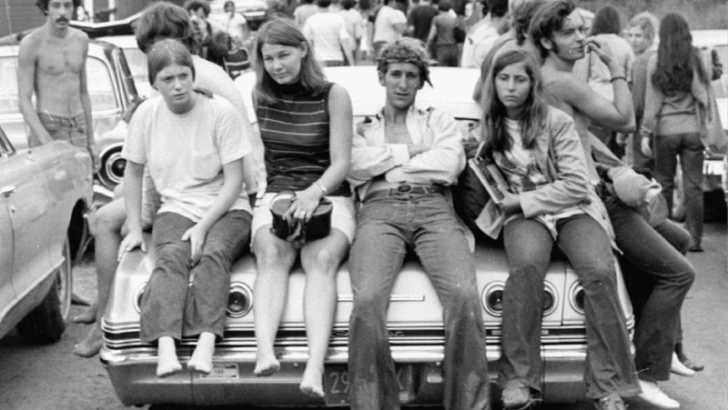The 1960s was a decade of transformation and change, filled with cultural revolutions and societal shifts. While many practices from that era were embraced and even celebrated, some have not aged well and are considered inappropriate or outdated today. This article delves into nine such phenomena that were once commonplace but are now frowned upon or even banned in today’s society. From fashion choices to lifestyle habits, explore how these cultural artifacts of the 60s have evolved over time and why they no longer fit into modern norms.
1. Cigarette Smoking Everywhere
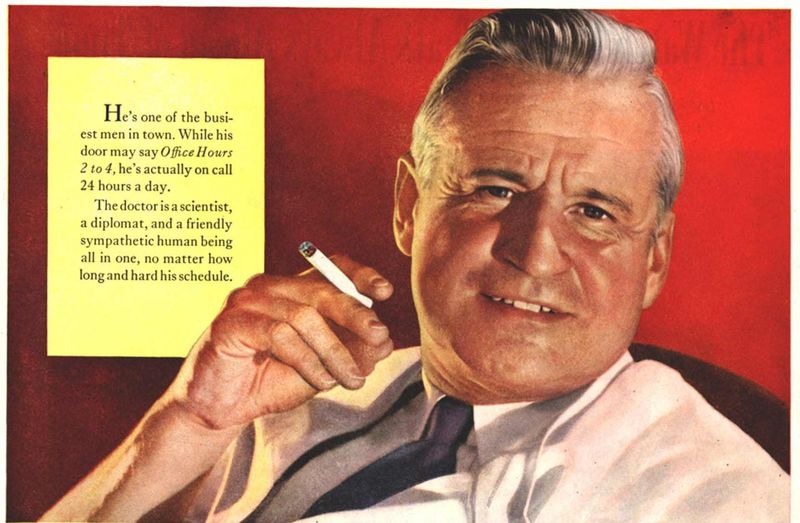
Cigarette smoking was not only common in the 1960s but also remarkably accepted in most public and private spaces. Offices, airplanes, and even hospitals allowed smoking without a second thought. It was fashionable and often portrayed as sophisticated. The impact of this widespread habit on public health was tremendous.
Today, however, smoking is heavily regulated. Restrictions in indoor public spaces and workplaces have become the norm, stemming from the growing awareness of smoking’s health risks. The cultural shift away from smoking has been profound, with non-smoking environments now being the standard expectation.
2. Gender-Specific Job Roles
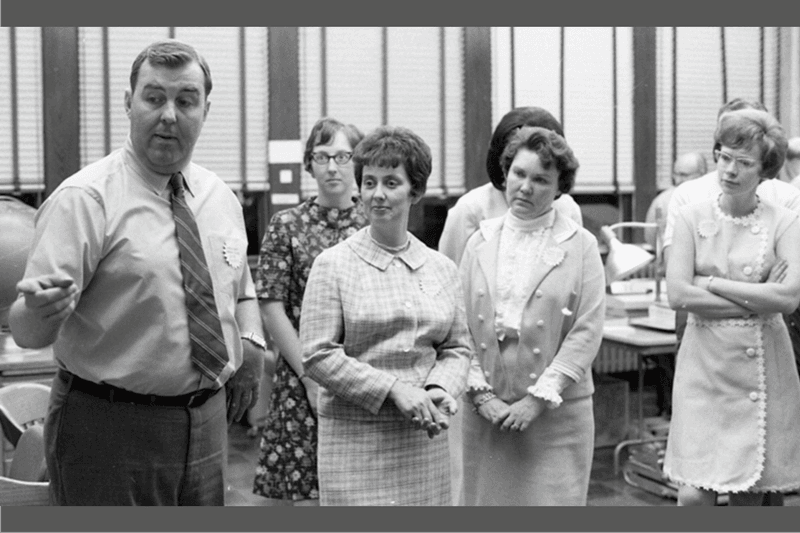
The workforce of the 1960s was distinctly divided along gender lines. Women were often steered into roles such as secretaries or nurses, while men occupied more managerial positions. This division was normalized and reflected broader societal views on gender roles.
Today, such gender-specific roles are seen as discriminatory and limiting. Progress towards workplace equality has led to diverse opportunities irrespective of gender, though challenges remain. The evolution of gender roles continues to shape modern workplaces, challenging outdated stereotypes and embracing inclusivity in career choices.
3. Unsecured Children in Cars
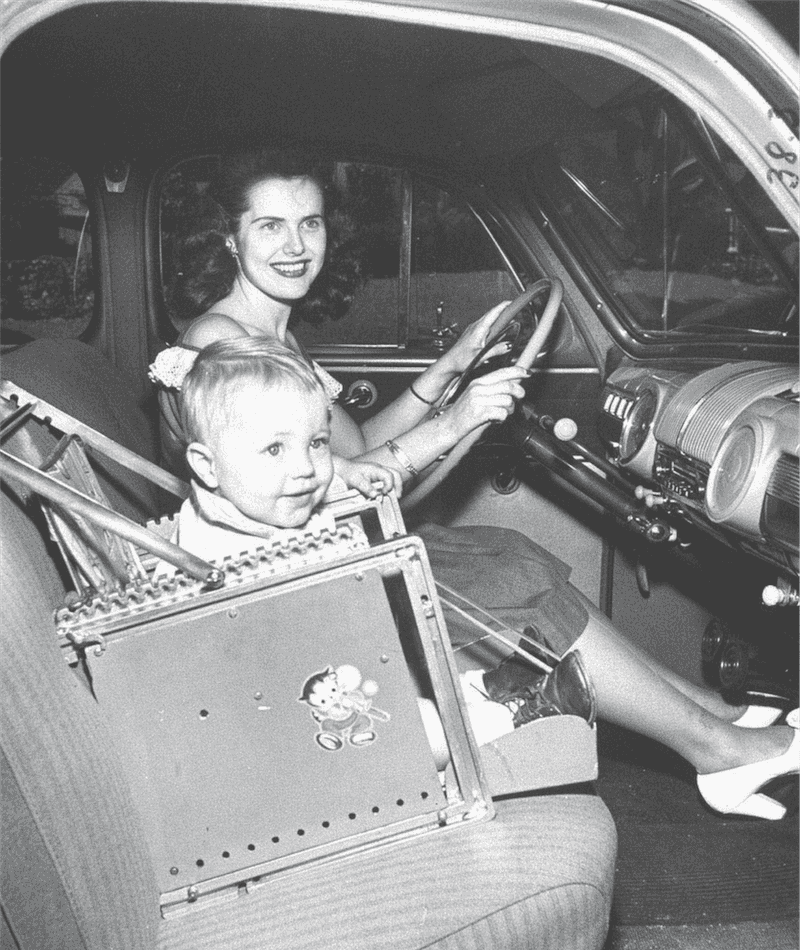
Family road trips in the 1960s often featured children bouncing around the backseat, unrestrained by seat belts or car seats. Safety standards were lax, with little awareness of the potential dangers. It was a carefree time, but not without risks.
Today, child safety in vehicles is a paramount concern, with laws mandating car seats and seat belts. The increased focus on child safety reflects advances in automotive technology and a deeper understanding of accident prevention. This shift highlights a significant cultural and regulatory transformation over the decades.
4. Casual Racism in Advertising
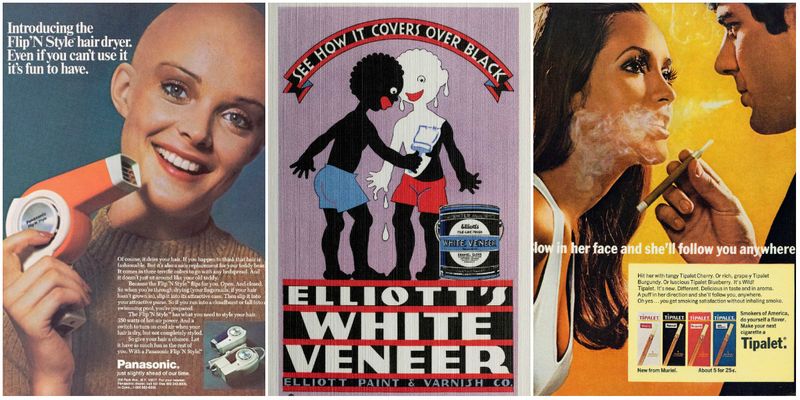
Advertisements from the 1960s often included stereotypes and depictions that would be considered offensive today. Casual racism was prevalent, with minorities frequently portrayed in misleading or derogatory ways. Such portrayals were largely unchallenged at the time.
Today, there’s a concerted effort to ensure that advertising is diverse and respectful. The industry has moved towards inclusivity and sensitivity, acknowledging past transgressions and striving for better representation. The change in advertising norms mirrors broader social movements towards equality and respect.
5. Lead-Based Household Products

Lead was a common component in many household products during the 1960s. From paint to pipes and even toys, lead’s presence was pervasive and largely unnoticed by the public. The health implications were not fully understood.
Now, lead is recognized as a poisonous substance, with strict regulations limiting its use. Awareness campaigns and legal restrictions have transformed safety standards in homes, highlighting the journey from ignorance to responsible consumer protection. The shift reflects a growing commitment to public health and safety over the decades.
6. Littering Without Consequence

In the 1960s, littering was a common sight, with little thought given to environmental impact. Public spaces often bore the brunt of this negligence, covered in wrappers and waste. The attitude towards the environment was one of indifference.
Today, environmental consciousness has taken center stage, with anti-littering campaigns and strict fines. Society now places a high value on cleanliness and sustainability, reflecting a sea change in attitudes towards the environment. This transformation underscores the growing awareness and responsibility towards our planet.
7. Dated Fashion Statements
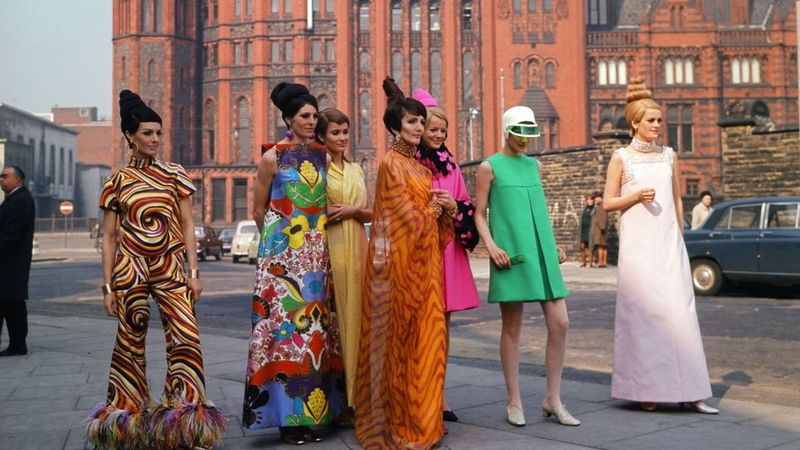
Fashion in the 1960s was bold and expressive, with trends like mini skirts, bell-bottoms, and psychedelic patterns. While iconic at the time, these styles are now considered vintage and often ridiculed. The era’s fashion was a reflection of its revolutionary spirit.
Today, fashion has evolved into a mix of past and present influences, with a focus on versatility and sustainability. While 60s styles may pop up occasionally, they are now viewed through a nostalgic lens rather than everyday wear. The change highlights the cyclical and adaptive nature of fashion trends.
8. Misconceptions About Nutrition

Nutrition in the 1960s was often misunderstood, with a heavy reliance on processed foods and canned goods. Convenience reigned supreme, often at the expense of nutritional value. These choices were driven by marketing and lifestyle shifts.
Today, nutritional awareness has significantly improved, emphasizing fresh and whole foods. The shift towards healthier eating habits is supported by research and a better understanding of diet’s role in overall well-being. The evolution in eating habits underscores the ongoing journey towards a healthier lifestyle and informed food choices.
9. Corporal Punishment in Schools
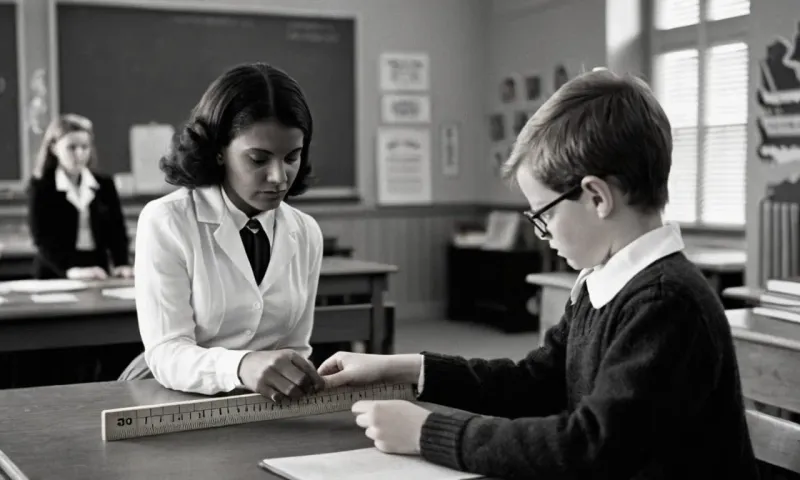
Corporal punishment was a staple in educational discipline during the 1960s. Teachers using rulers or paddles to maintain order was not uncommon and often accepted by society. It was seen as an effective method to control behavior.
Today, such practices are widely condemned, with a focus on positive reinforcement and understanding. Educational discipline has shifted towards nurturing environments that foster growth and respect. The transformation in disciplinary approaches reflects broader changes in attitudes towards children’s rights and educational methodologies.

